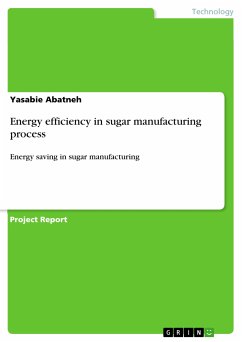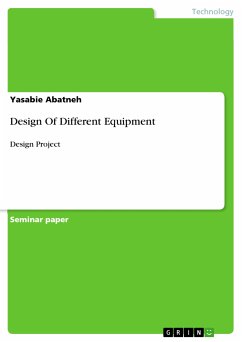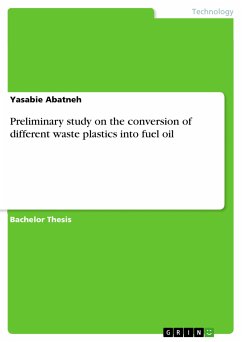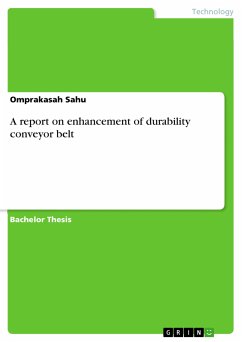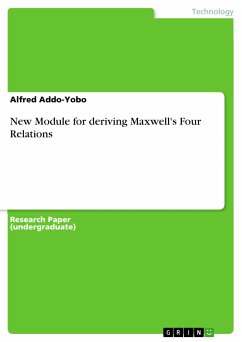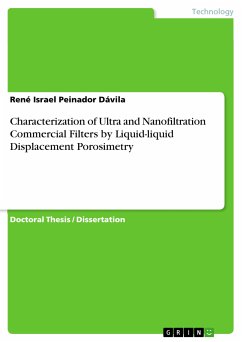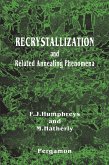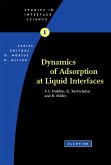Project Report from the year 2013 in the subject Engineering - Chemical Engineering, Wollo University (Kombolcha Institute Of Technology), course: Sugrar Technology, language: English, abstract: People were arguing that whether sugarcane is native to India or New Guinea. They do agree that ancient people liked it and carried with them in their migration and spread throughout south pacific area. Although sugar cane was possibly known in the holy land in biblical time only syrups could be obtained from it. In the 7th- 10th centuries AD, the Arabs spread sugarcane throughout their region of influence in the Mediterranean and eastwards. By the 12th century sugarcane reached Europe and Marco polo reported advanced sugar refining in china toward the end of 13th century. The ancient process for obtaining sugar consisted of boiling the juice until solids formed as the syrup cooled. Egyptians were using lime as purifying agent and carrying out recrystallization, which is still the main step in refining. The development of the sugar industry from the 16th century onward is closely associated with slavery, which supplied the largest amount of labor used at the time. The law cost of labor and price for sugar made many fortunes. The abolition of slavery introduces steam power as a replacement for the animal or human power that drove the cane mills. The use of steam in steady of direct firing was soon applied for evaporating the cane and following this vacuum pans and centrifuge were applied. The manufacturing of sugar is an energy intensive process which was the cause for deforestation, and then later replaced by bagasse burning and using energy efficiently by designing a multiple effect evaporators.
Dieser Download kann aus rechtlichen Gründen nur mit Rechnungsadresse in A, B, BG, CY, CZ, D, DK, EW, E, FIN, F, GR, HR, H, IRL, I, LT, L, LR, M, NL, PL, P, R, S, SLO, SK ausgeliefert werden.

